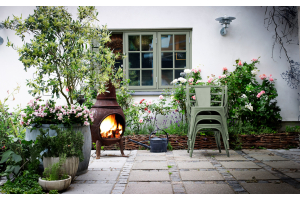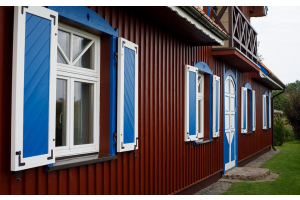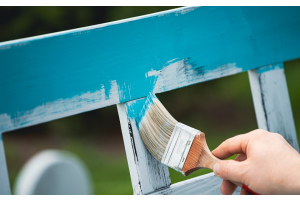- Tinted Paints
- Interior Emulsion Paint
- Interior Trim Paint
- Interior Varnishes & Oils
- Interior Furniture Paint
- Anti Mould Paint
- Anti Damp Treatment
- All Surface Primer
- Special Surface Primer
- Floor Paints & Coatings
- Exterior Paint
- Exterior Masonry Paints
- Exterior Trim Paints
- Exterior Paint Undercoat
- Exterior Oils & Varnishes
- Shed & Fence Paints
How to become a professional paint stripper
If you’re looking to restore woodwork and remove unwanted paint before decorating then you’ll need to know the best way to strip paint. Whether you are just refreshing your woodwork and looking to take it back to a natural finish or are wanting to tidy up exterior woodwork on the outside of your property, to achieve a professional finish you’re going to need to strip off the existing paint.
Thankfully there are many tools and chemicals available to make your job easier and in this guide we’ll run through how to get the best possible results.
Paint and varnish remover
For most interior painted woodwork the use of a paint and varnish remover will generally be sufficient to remove most of the paint or varnish. As well as chemical removers we also have a range of water based products that have the benefit of being vapour free as well as being able to be easily washed off with water. Paint and varnish removers can be used with scrapers to help get better results and remove thicker layers of paint.
Before using any type of chemical or caustic paint or varnish remover it is recommended that you check whether the paint that you are stripping is lead based. This is because the lead in the paint could react to the chemicals used and be harmful to your health.
Heat gun
Heat guns or hot air guns as they are also known offer a reliable way to strip paint by heating the surface and allow this to be stripped off with a scraper or shavehook. For lead based paint you should make sure you work in a well ventilated area and that you wear a face mask at all times to help protect you from harmful fumes. Most good heat guns allow you to control the temperature and have a range of between 50 – 600 degrees centigrade. Always start with the lowest heat setting when working and increase the temperature until the paint starts to heat up and bubble.
Move the heat gun back and forth while working to help prevent scorching or burning of the wood below and use a scraper to remove the paint as it is heated. Once the paint has been removed you can sand the wood smooth with a fine grade sandpaper ready for being painted, varnished or oiling.
Sanding
For flooring one of the best options for removing varnish or paint is to use an industrial sanding machine. Care needs to be taken when sanding as this method will also remove the surface layer from the wood. This method is not suitable for any form of laminate and is also not suited to carved wood or any areas that have intricate detailing. With sanding you also need to ensure that you apply even pressure and this is particularly important for hand sanding as it can be very easy to cause damage from over sanding wood.
Paint removers
For most applications paint removers offer the best way of stripping wood and one that is the least likely to hurt the wood. Care does need to be taken when using caustic substances especially for dense woods such as mahogany which may react to and stain from prolonged contact. It is always best to test a small area first before starting a job. There are now many chemical free paint removers that will not damage or stain wood so although these are more expensive they could be the best option.
Remember to wear gloves and a face mask when stripping wood and you should also wear old clothes.







